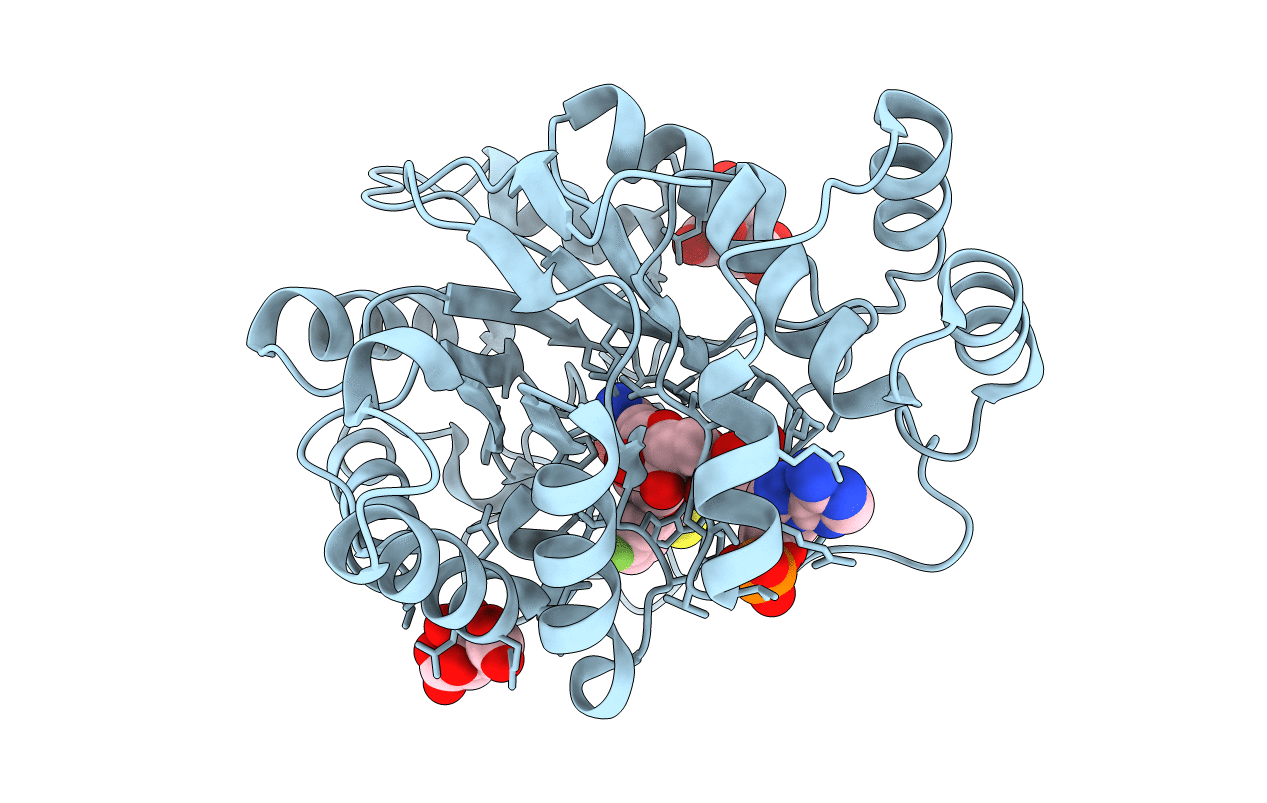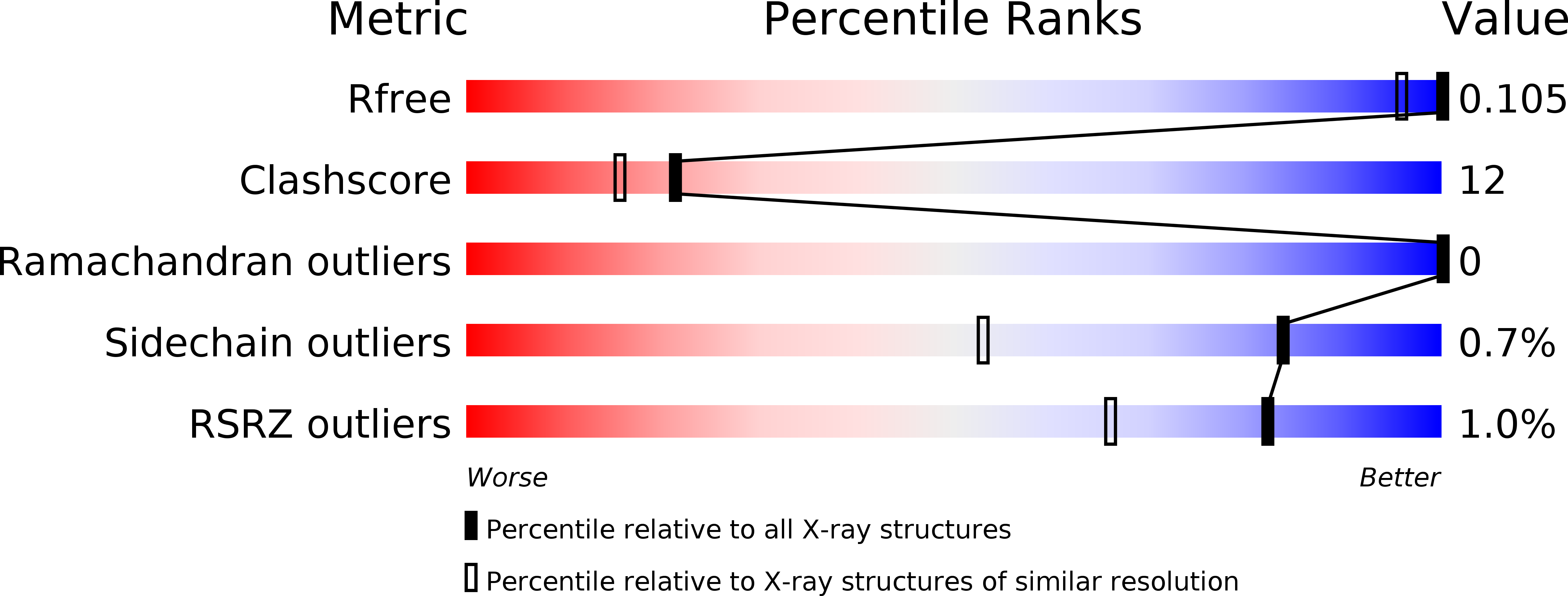
Deposition Date
2003-11-16
Release Date
2004-05-07
Last Version Date
2024-05-08
Entry Detail
PDB ID:
1US0
Keywords:
Title:
Human Aldose Reductase in complex with NADP+ and the inhibitor IDD594 at 0.66 Angstrom
Biological Source:
Source Organism:
HOMO SAPIENS (Taxon ID: 9606)
Host Organism:
Method Details:
Experimental Method:
Resolution:
0.66 Å
R-Value Free:
0.10
R-Value Observed:
0.09
Space Group:
P 1 21 1


